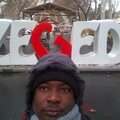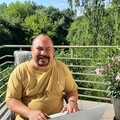In this interview, we get to know Dr. Hogar Najm Abdullah, a dedicated academic from Iraq. Today he is a professor at the University of Duhok, and in the interview he reflects on how he discovered the Stipendium Hungaricum scholarship by chance and chose to study at the University of Szeged. He shares how his passion for the works of Ann Petry, an African-American writer known for her unique exploration of race and masculinity, became the foundation of his doctoral research and his first published book.
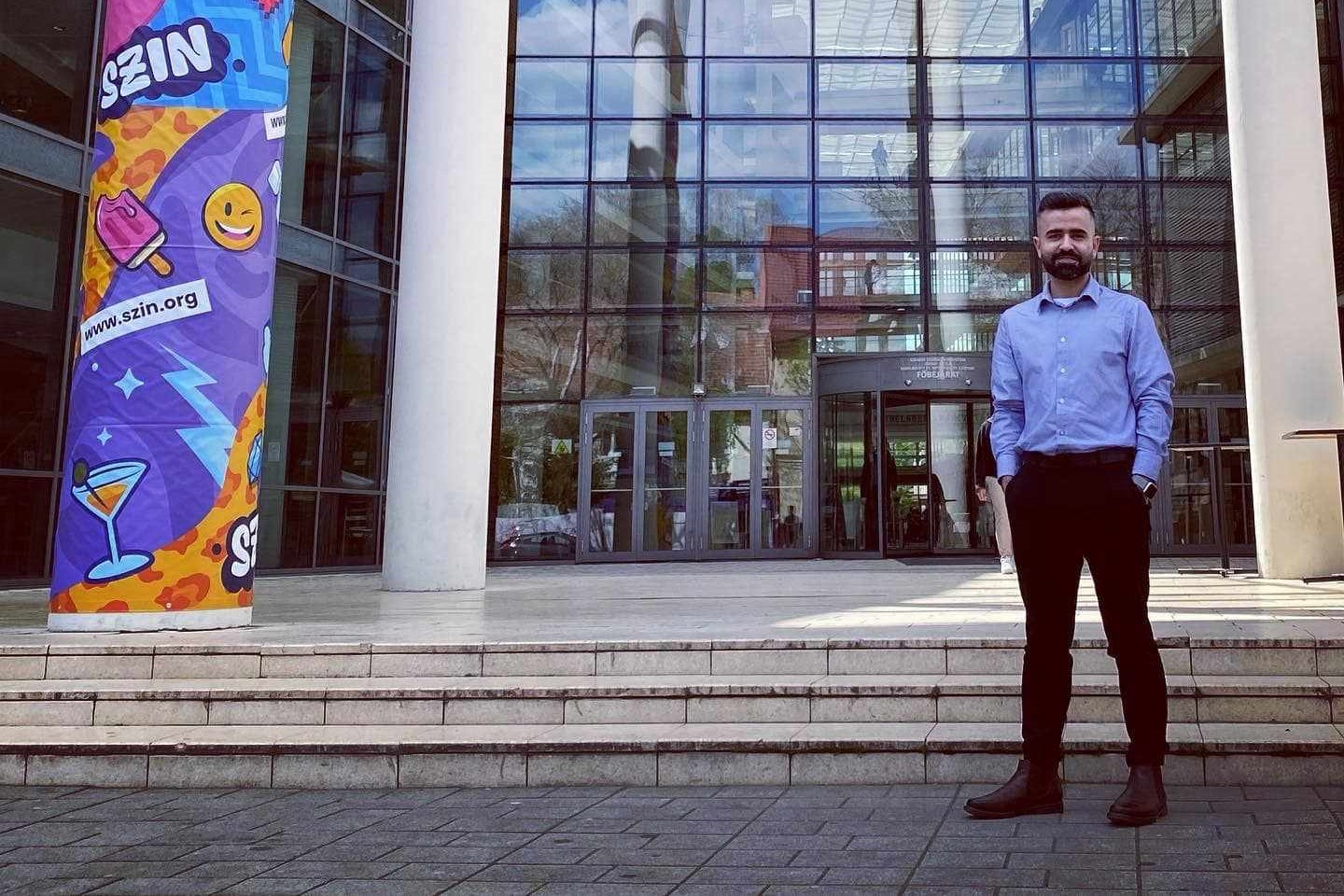
Please introduce yourself!
My name is Hogar Najm Abdullah, and I am from Duhok, a city in the Kurdistan region of Iraq. I am currently teaching at the University of Duhok. I completed my PhD in American literature at the University of Szeged.
Why did you decide to study in Hungary? Why did you choose Szeged?
I decided to study in Hungary by sheer chance. I remember that I found out about the Stipendium Hungaricum scholarships on my hometown university’s webpage and decided to apply. I would say it turned out to be a lucky incident for me. I chose Szeged because it is home to Hungary’s highest-ranked university, and SZTE is an excellent place for academic pursuits.
What was your motivation during your PHD?
Since completing my Master’s, I have always wanted to pursue a PhD. My passion for academic research and interest in American literature drove me to seek further education opportunities. I hoped that a PhD would enhance my expertise and qualify me for a career in academia.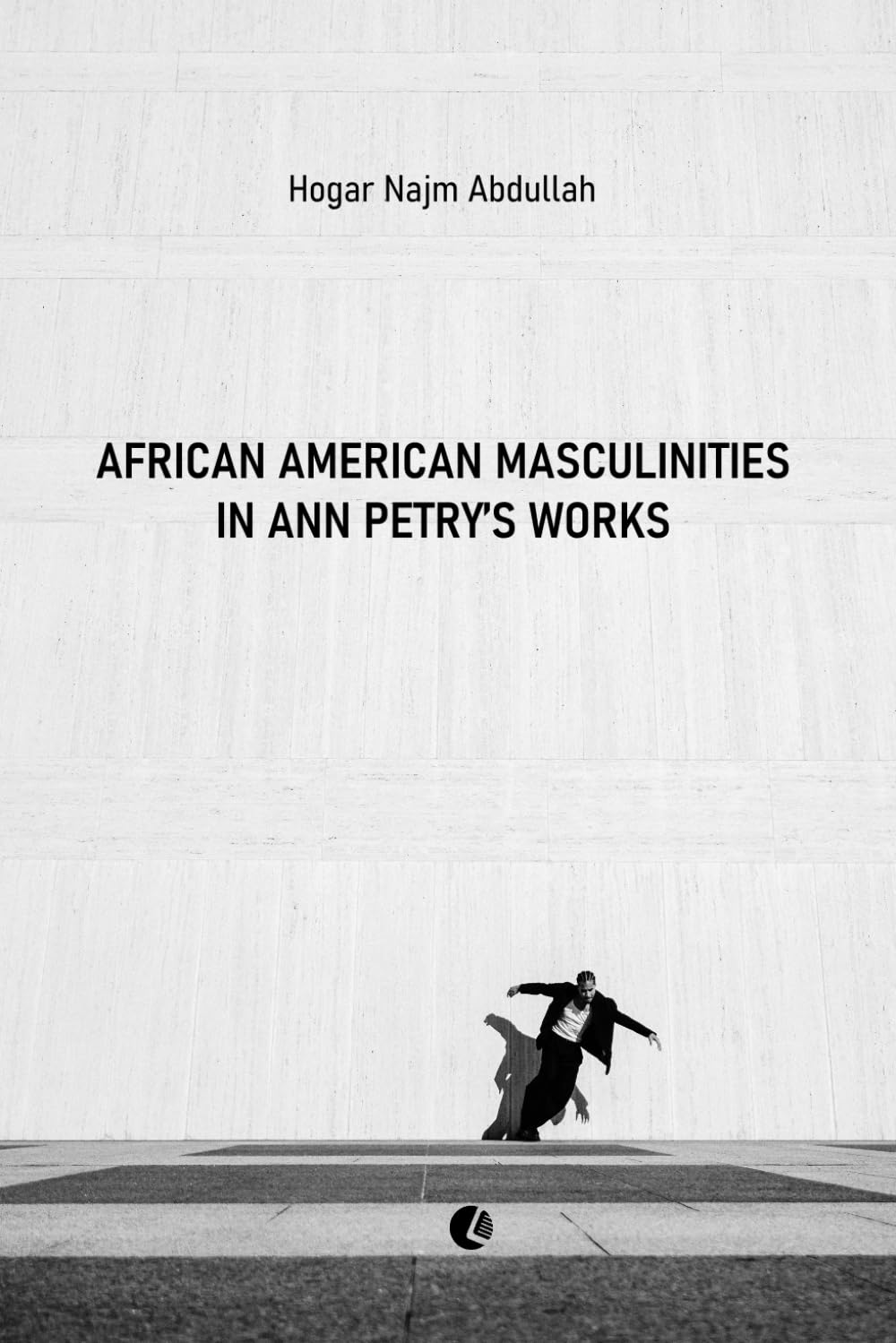
How did you find your research area, and Ann Petry’s works? Why did you choose this topic to your doctoral dissertation, and to your book?
I was introduced to Ann Petry’s works during a course in my Master’s studies at the University of Sheffield in the UK. We studied her second novel, The Narrows (1953), and I was responsible for delivering a presentation about it. Since there were no copies available in the university library, I purchased the book from Amazon. I read it over the course of three consecutive days, as it’s more than 400 pages long, and I fell in love with it. I still remember when I went to class to present, my classmate George asked about my impression of the book. I told him, “I feel like I’m in a relationship with the book; I’ve spent the last three days with it.” I was truly captivated by Petry’s writing style. She writes in a way that stands apart from other contemporary authors of her time. In her descriptions, she pays particular attention to the loci and milieux, emphasizing their relevance to specific characters and the moods she intends to convey to the reader. I knew early on during my studies at SZTE that I wanted to do my PhD on Petry, focusing on her progressive representations of Black Americans in general and masculinities in particular in both her fictional and non-fictional works. I couldn’t be happier to have had the opportunity to develop my PhD dissertation into a book, which is now available for everyone to read.
Did you have a professor or mentor who helped and inspired you a lot?
My PhD advisors, Ágnes Kovács and Irén Annus, were a constant source of support and inspiration for me in different ways throughout my PhD studies. I also want to thank Réka Cristian, the editor of American eBooks, who showed an interest in having my manuscript on Petry published, and Zoltán Dragon for designing the book cover.
If you have a favorite quote from the book, please share it with us!
I hadn’t thought about it before, but I can share one of my favorite quotes from Petry’s The Narrows, which I discuss in Chapter 4 of my book:
“Ebony was the best wood, the hardest wood; it was black. Virginia ham was the best ham. It was black on the outside. Tuxedos and tail coats were black and they were a man’s finest, most expensive clothes. You had to use pepper to make most meats and vegetables fit to eat. The most flavorsome pepper was black. The best caviar was black. The rarest jewels were black: black opals, black pearls […] They taught him that he can laugh at a white person too.”
Do you have some favorite Hungarian things like food, traditions, music etc?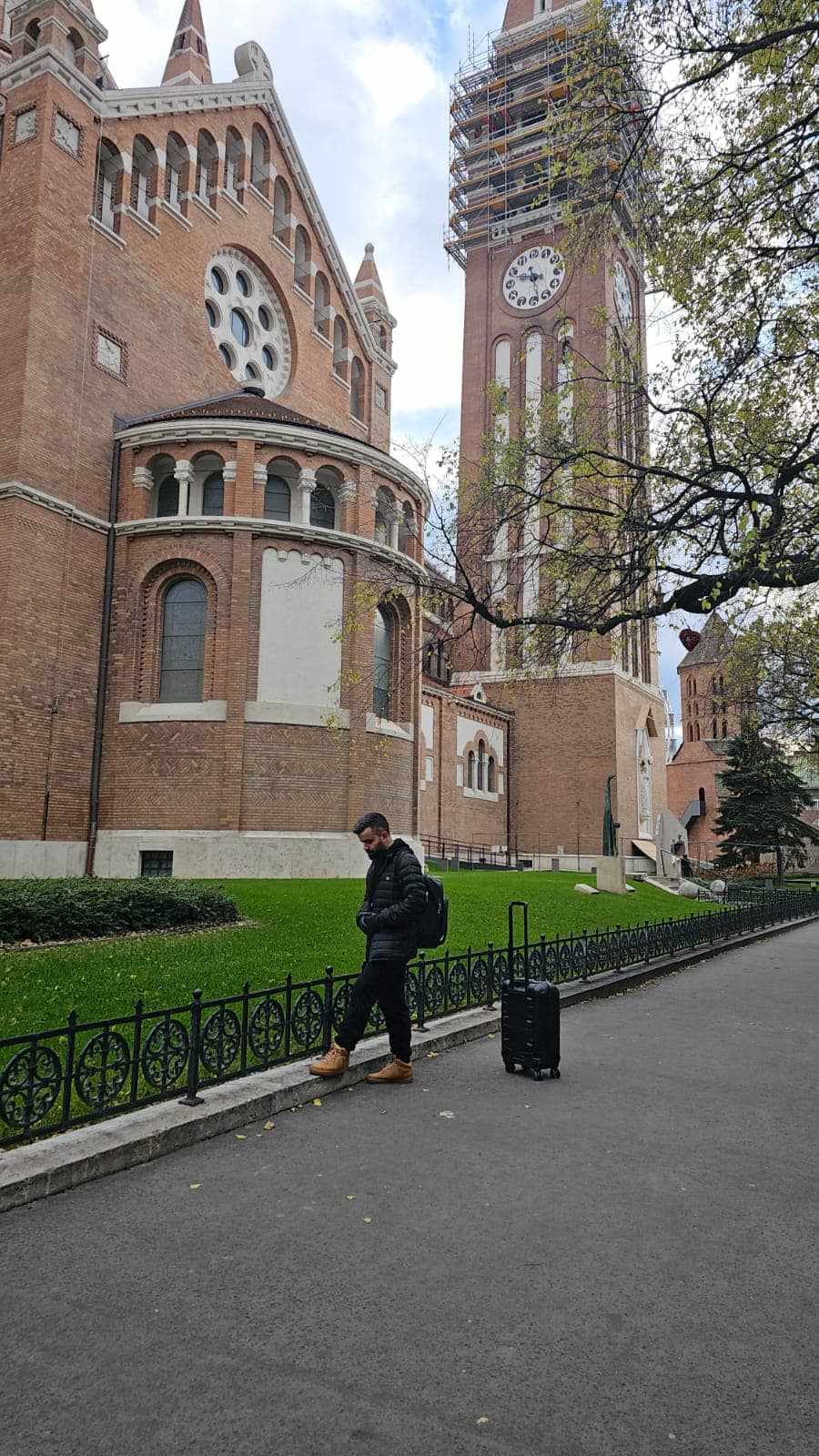
I really enjoy fish soup. Initially, I was appalled by the idea, as we typically only have fish grilled or fried in my town. However, after trying it at some restaurants by the Tisza River with a Hungarian friend, I began to appreciate it, especially when it’s spicy and served with freshly baked bread.
Did you have a favorite place in Szeged?
My favorite place in Szeged would be Maláta. It was the first place I visited when I arrived in Szeged. We went there to grab some dinner and drinks as part of our orientation week at SZTE.
Do you have a funny story from your student years in Szeged?
When COVID broke out in 2020, we had to shift to online teaching and were uncertain about many things. My classmate Jelena, who is a wonderful woman and an excellent scholar, advised me to stockpile food, as she anticipated a shortage in grocery stores. I remember shopping like crazy at Spar and eventually had to throw away or give away most of what I bought … I didn’t need half of it. It was quite serious at the time, but I can laugh about it now.
Did you read as a child? What was the first book you have ever read?
Yes, I started reading around the age of 11 from my father’s library. He had a small collection at home, and I always admired it. Although my first language is Kurdish, the first book I read was in Arabic. The title of the book can be roughly translated as Zenobia: Queen of Palmyra. I remember I was truly mesmerized by this historical book and have been an avid reader ever since.
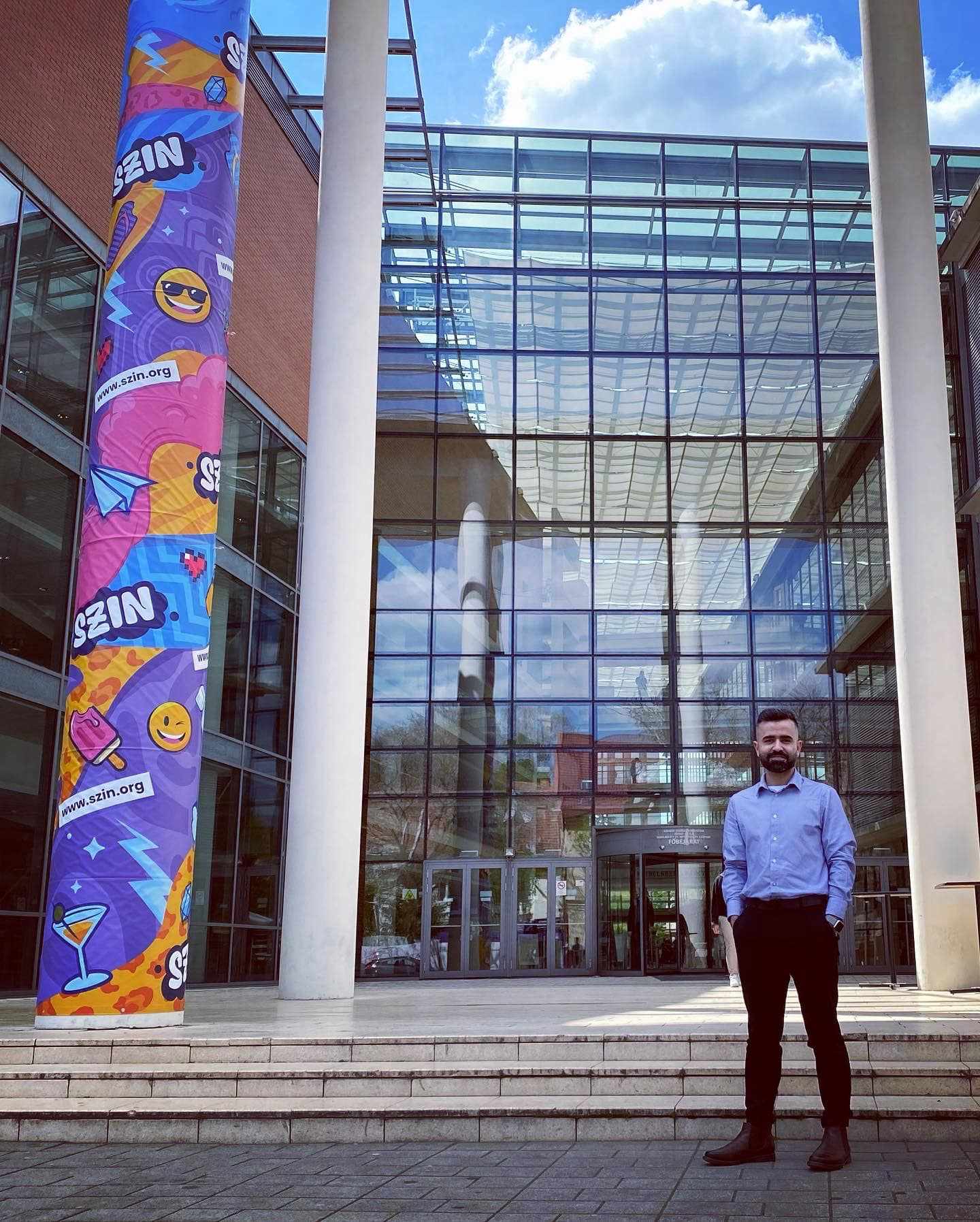 What is your plan for the future?
What is your plan for the future?
I plan to be an active scholar and have more papers/books published in the future.
Would you like to continue writing about this topic?
Yes, I would like to continue writing about Ann Petry. I have some ideas to work on her children’s literature which remains overlooked in academia. I hope to have the opportunity to highlight the significance of these books. I believe they would contribute to strengthening Petry’s position on the map of American literature, which was one of my initial objectives in publishing my first book.
Who would you recommend reading your book?
I would recommend this book to readers interested in issues related to marginalized, overlooked, misrepresented, and discriminated-against individuals (especially masculinities) and groups in society, particularly in the context of the USA. It can be a good read for scholars interested in canonicity in literature and how some writers are excluded from the mainstream due to their race, gender, and other categories. I also believe the book could be insightful for anyone interested in American literature and the USA in the post-WWII era.
Interviewer: Patrik Csercsics
Photos: Hogar Najm Abdullah
A bejegyzés trackback címe:
Kommentek:
A hozzászólások a vonatkozó jogszabályok értelmében felhasználói tartalomnak minősülnek, értük a szolgáltatás technikai üzemeltetője semmilyen felelősséget nem vállal, azokat nem ellenőrzi. Kifogás esetén forduljon a blog szerkesztőjéhez. Részletek a Felhasználási feltételekben és az adatvédelmi tájékoztatóban.


